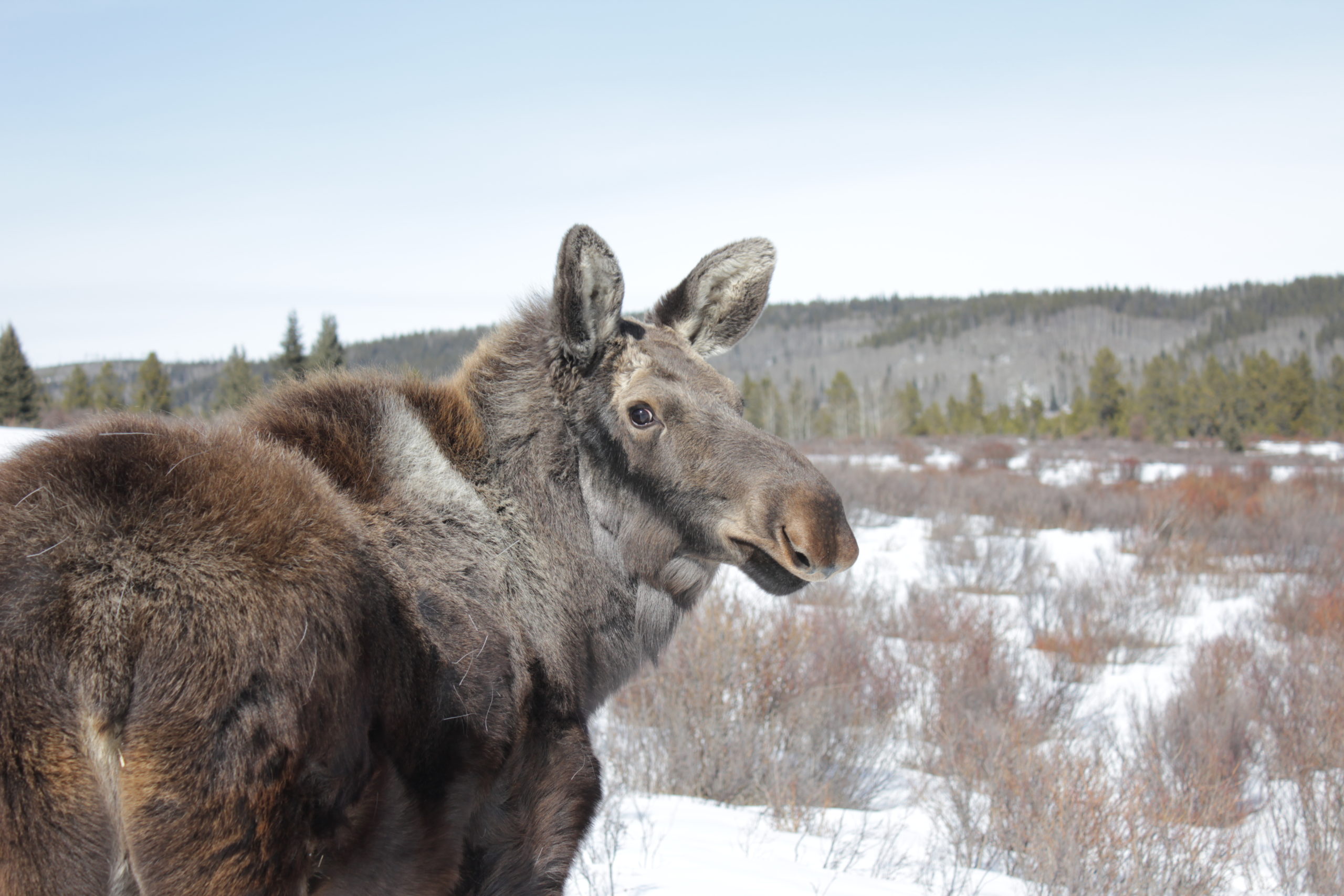
Close encounters of the moose kind
by Katie Grant Living alongside moose is not uncommon with cities and towns taking over more and more of their natural habitat. As the largest

by Katie Grant Living alongside moose is not uncommon with cities and towns taking over more and more of their natural habitat. As the largest
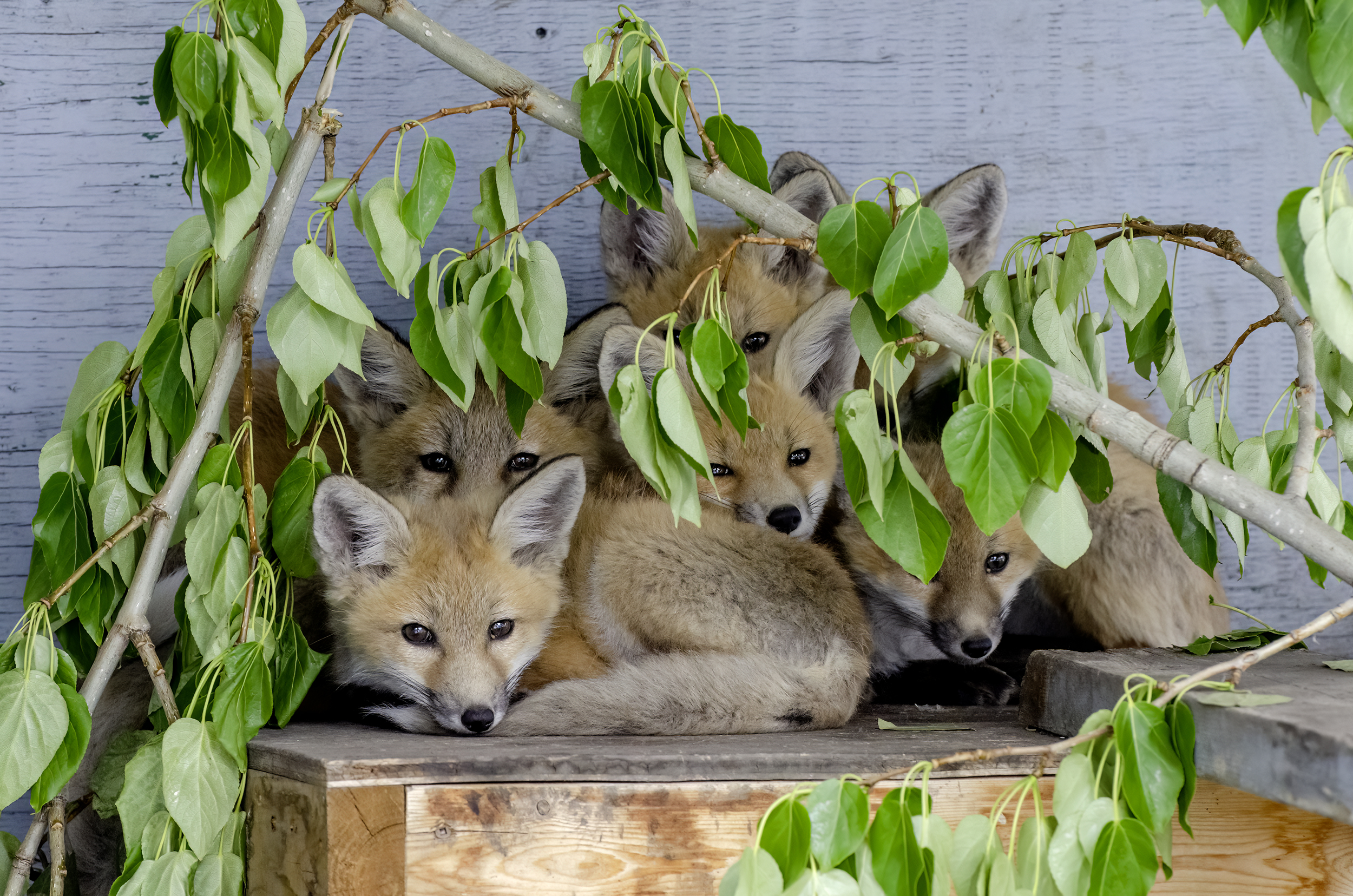
By Katie Grant Red foxes organize their small family groups (called “leashes” or “skulks”) through a social hierarchy. At the top of the pack are
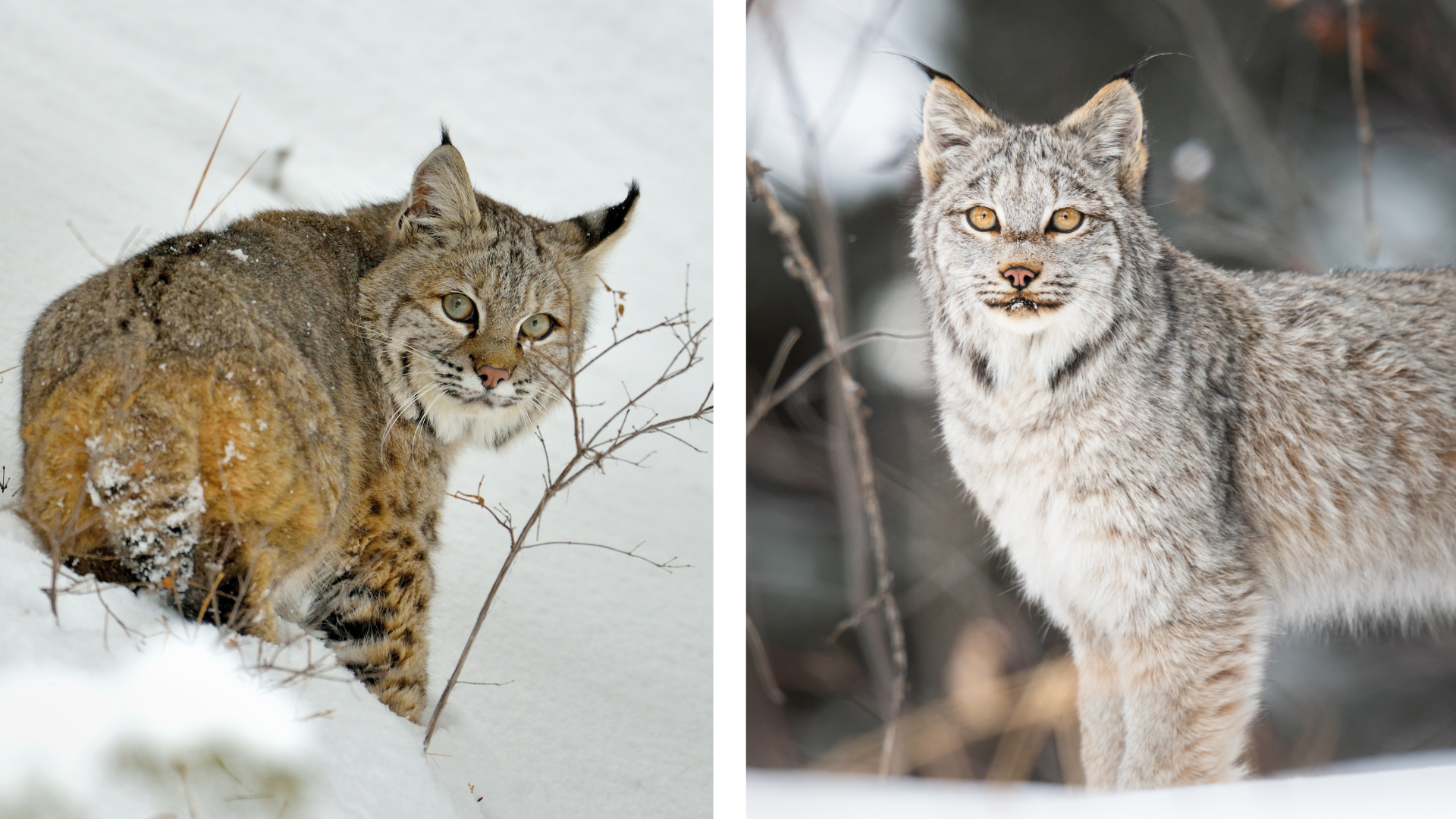
By Chelsea Blyth Here in Alberta, we are lucky to share our landscape with a variety of incredible wildlife, including two elusive wild cats of
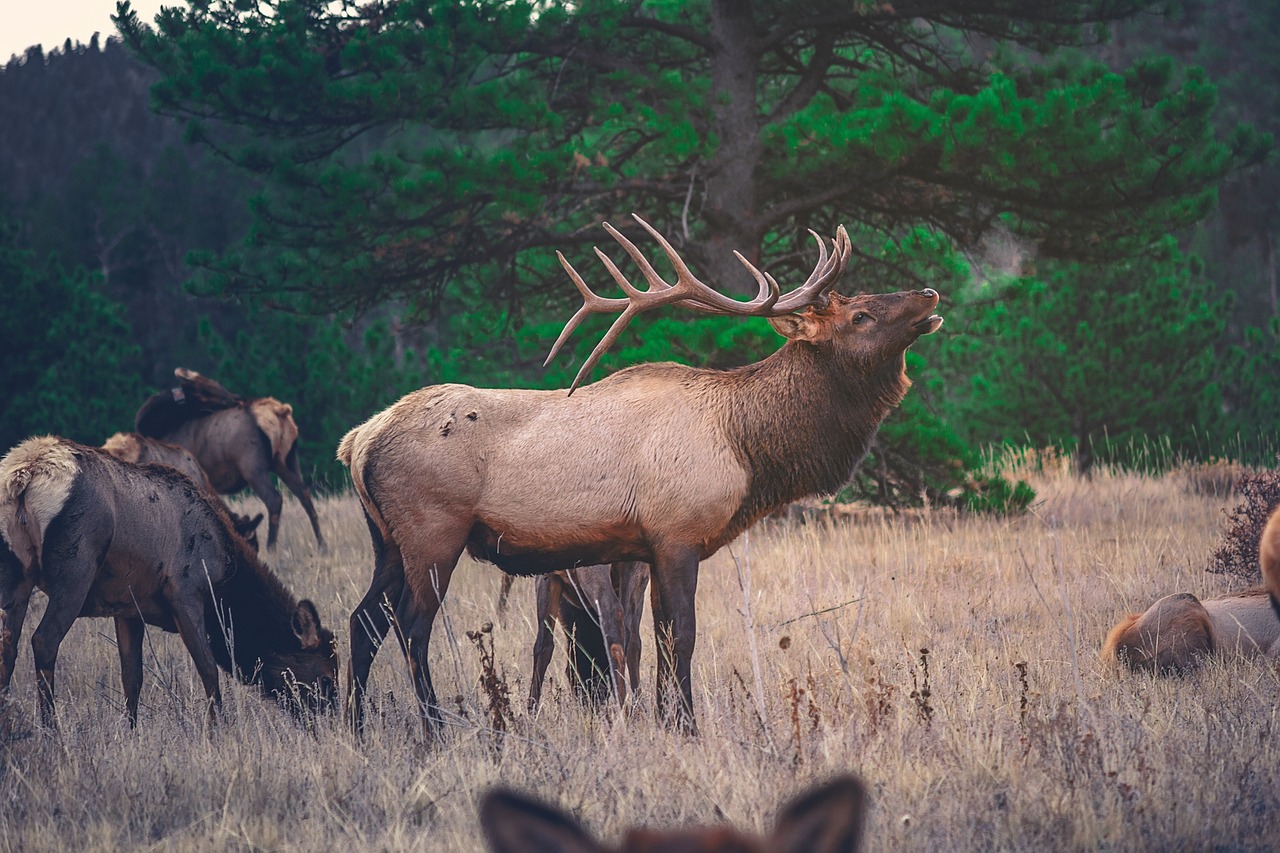
By Julia Guame What is Rutting Season? Rutting season is the annual mating time for various animals including deer, moose and elk.1 During this time,
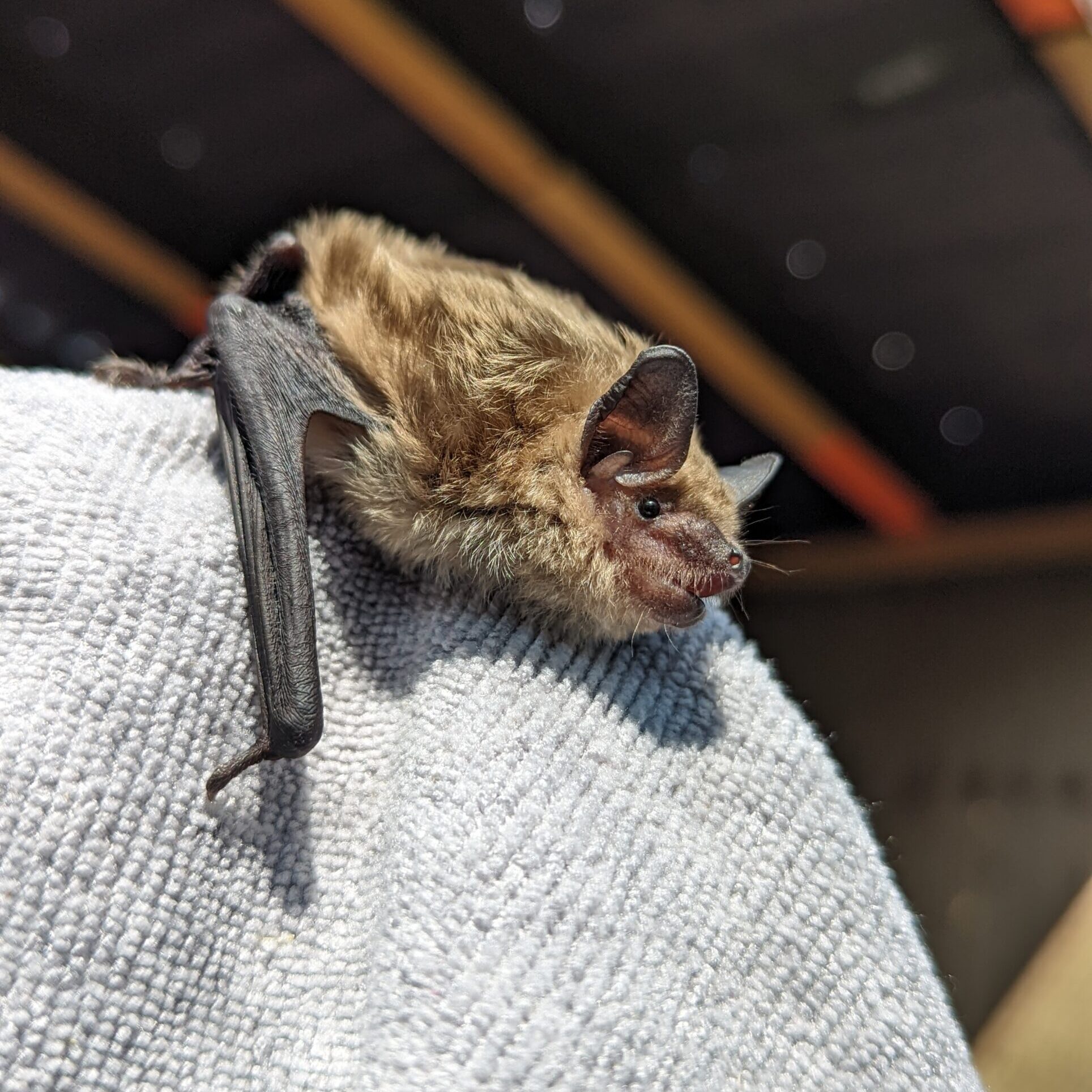
By Holly Hastings Alberta is home to nine species of bats; for a list of species, click here. They can be split into two groups:1
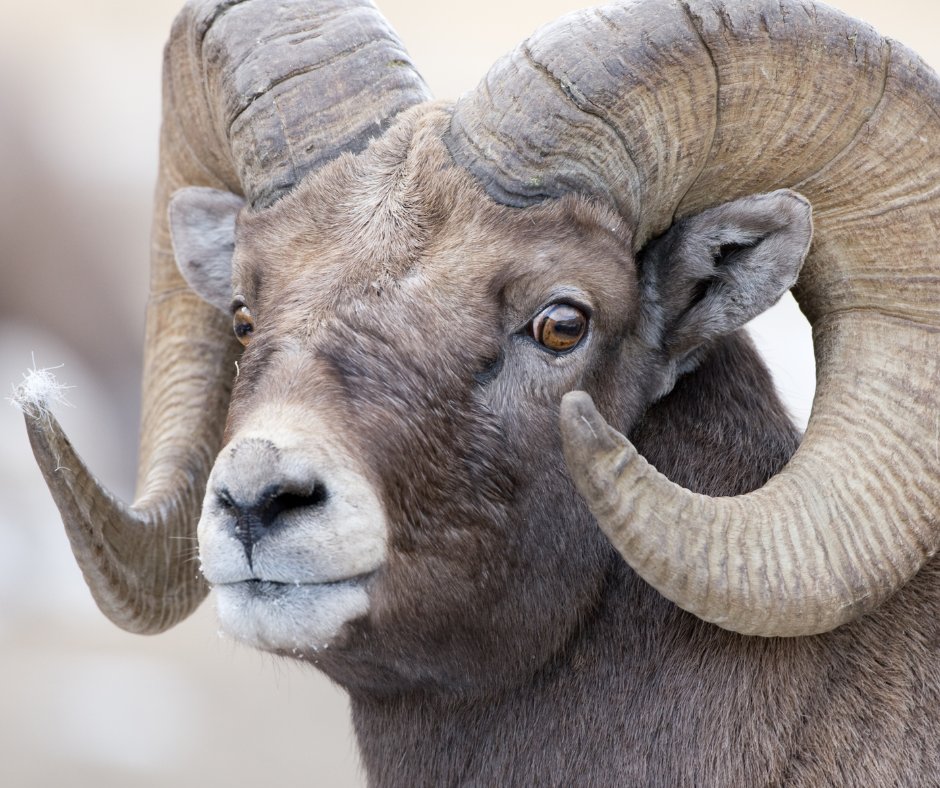
By Carley Goodreau Have you ever driven down a winding mountain road, turned the corner, and been met with dozens of sheep perched on the
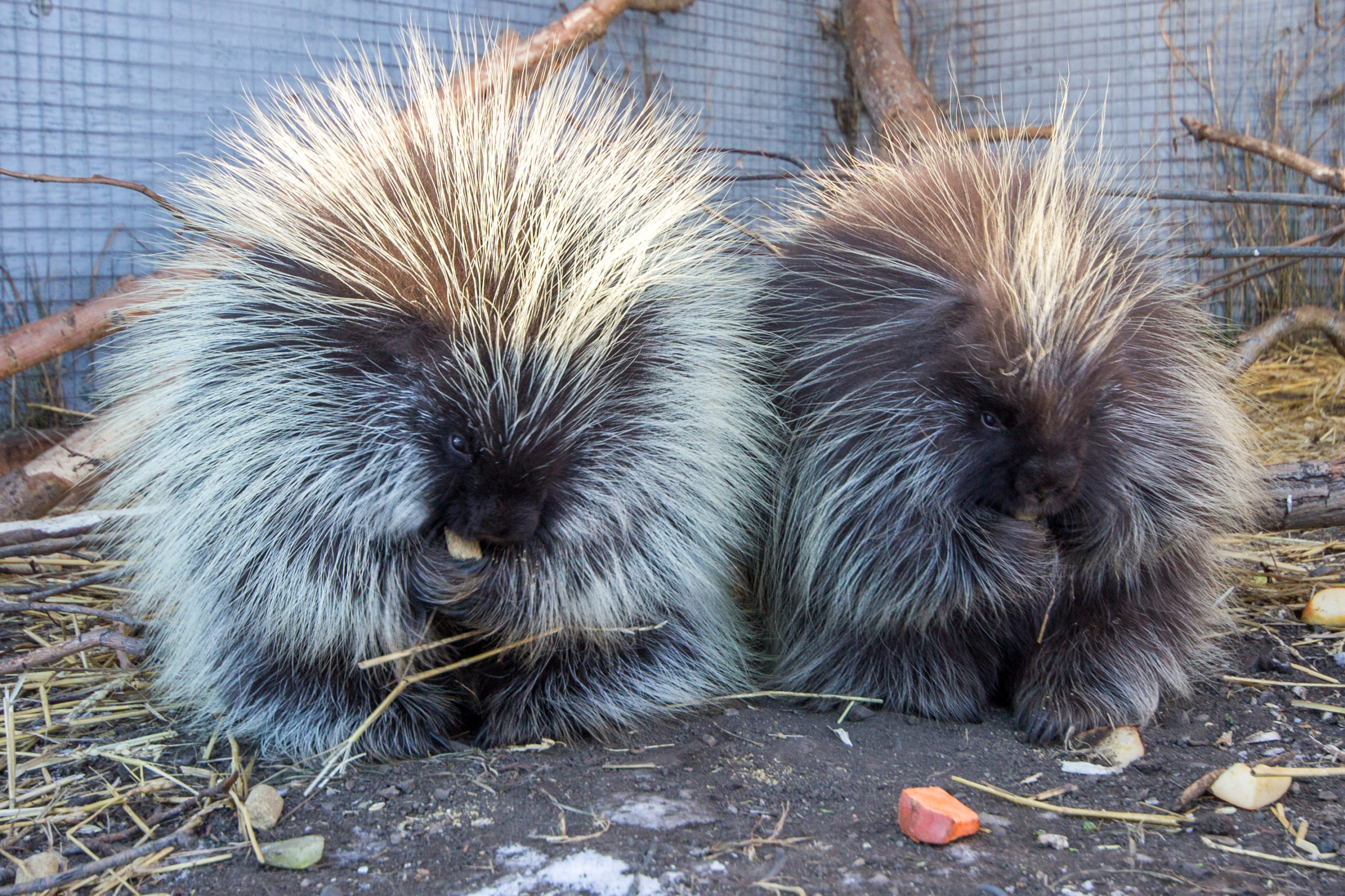
By Chelsea Blyth Living alongside porcupines in urban settings or while camping, involves understanding these unique creatures and taking certain precautions to ensure peaceful coexistence.
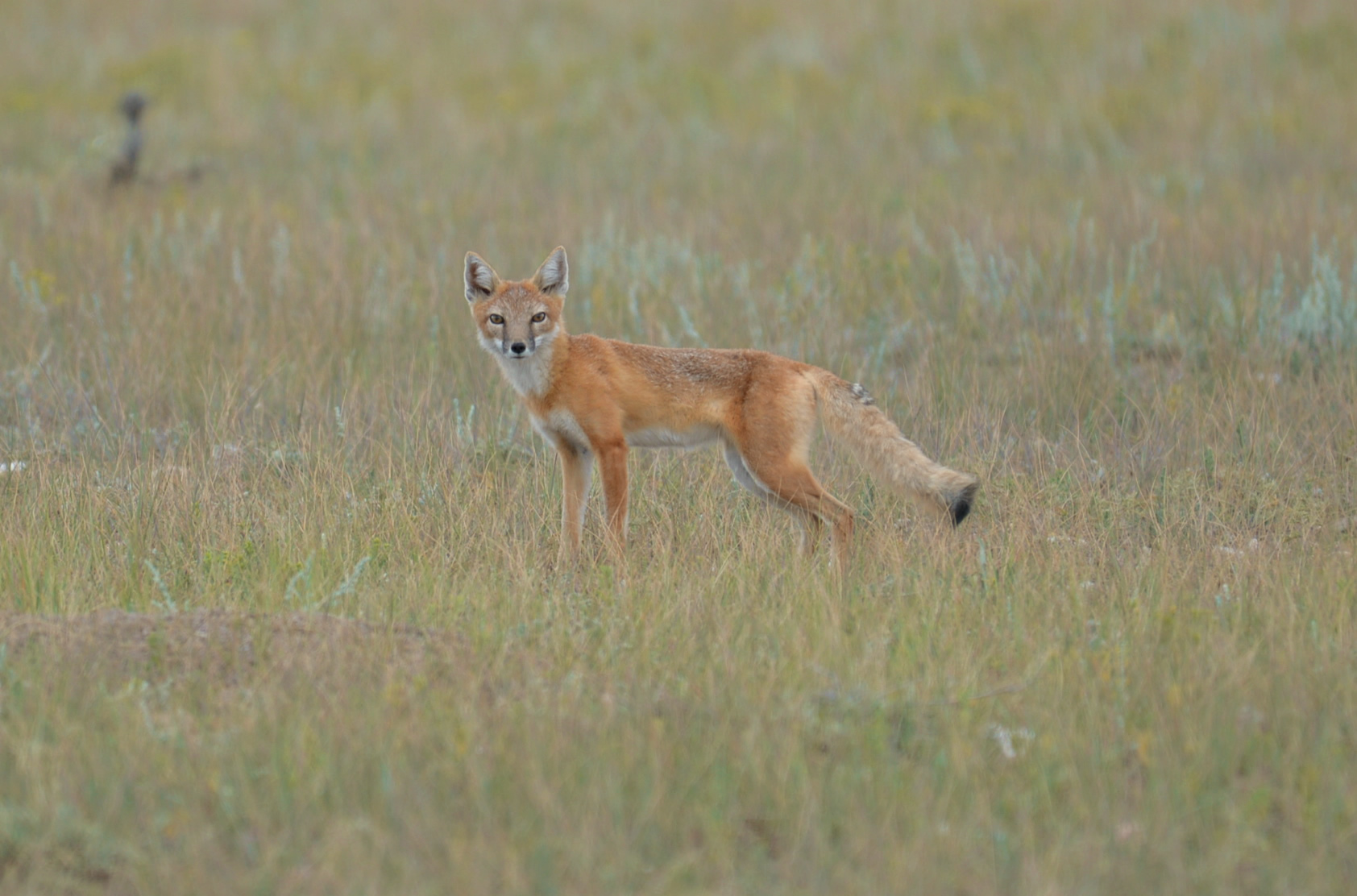
By Julia Gaume The swift fox (Vulpes velox) is a house-cat sized canid who wanders the open prairies in Alberta and Saskatchewan (and possibly Manitoba),
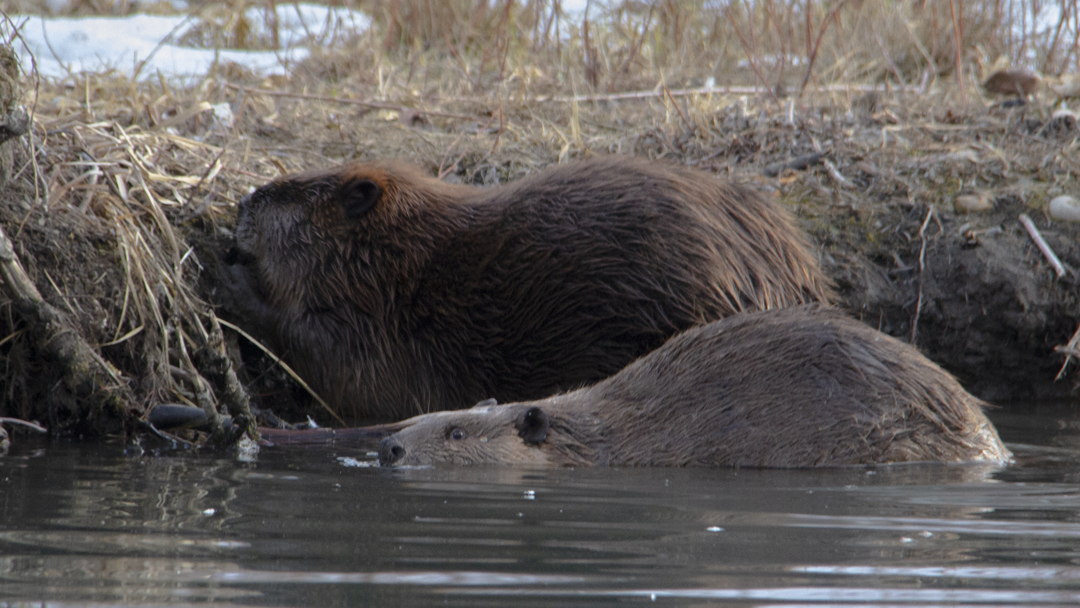
By Carley Goodreau Busy as a beaver! These famously industrious creatures can be found building dams in ponds and on the Canadian nickel. Beavers cut
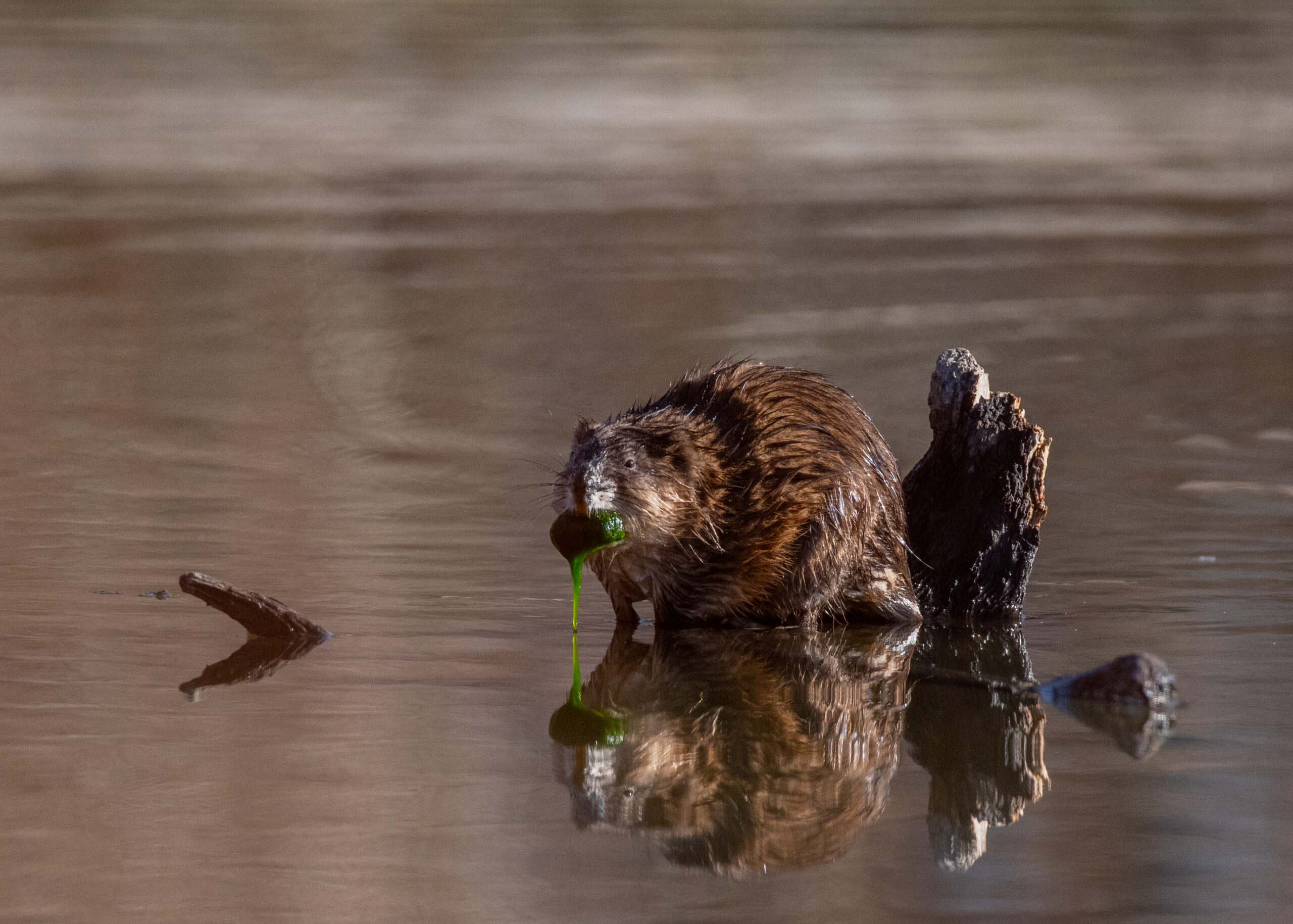
by Katie Grant Muskrats, often mistaken for their larger counterparts, beavers, are fascinating semi-aquatic rodents that play a crucial role in North America’s wetland ecosystems.
Charitable Registration #: 14041 6140 RR0001
Website Design by Konstruct Digital
© Copyright 2025 AIWC